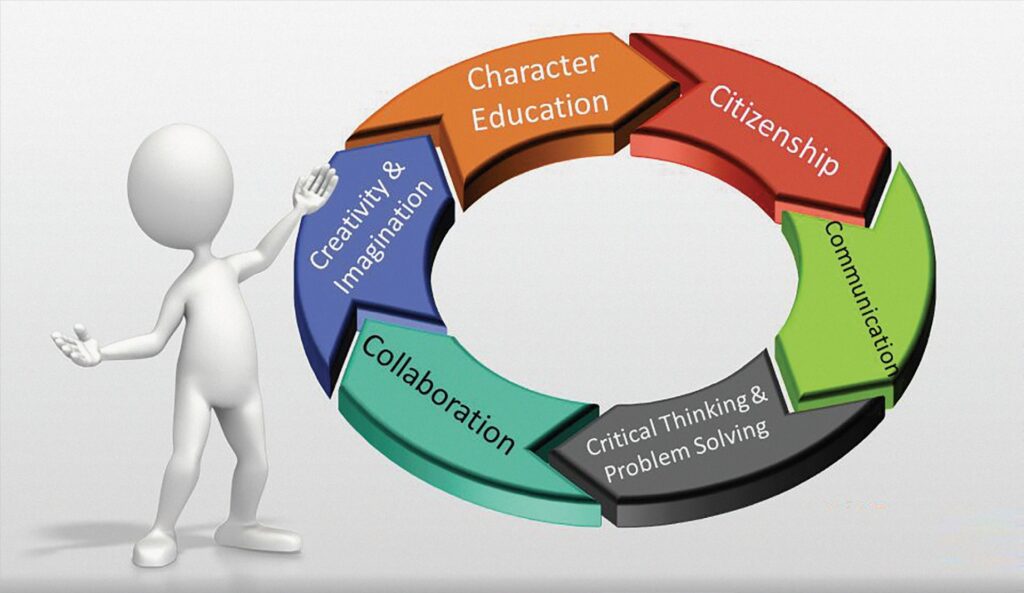If Nepal acts to make the state much more responsible for inclusive growth and usher into a wave of progressive economic reforms, it has a chance to come out stronger after the downturn.

Not as a corollary, but it would be worthwhile for the policymakers at the helm in Kathmandu to look back at the India of 1991 and the then finance minister Dr. Manmohan Singh’s much-celebrated address to the Indian parliament to change the course of majorly state-controlled Indian economy with ushering economic liberalization plan. Going beyond the words of wisdom, what sacrosanct is to identify the common reasons back then in India or now in Nepal, are the ‘structural flaws’ and ‘cyclical decline’.
Unimaginable economic losses that Nepal suffered with the emergence of the Covid-19 pandemic in early 2020 can be attributed to the current recession that has made the decision-makers in both the government and the private sectors jittery. However, a probability exists that the downturn shall pass as the economy is on the path of gradual recovery. As per a Press Trust of India (PTI) report, Nepal’s economy has, of late, shown signs of improvement after absorbing the shocks and attained 2.16 percent growth (source: National Statistics Office, Nepal) which indicates overcoming the worst period. Nevertheless, there is a question on what would be vital responses on the policy front, especially the readiness for economic reforms moving forward.
 Nepal entered into an economic recession for the first time in the last six decades with falling economic output emanated by demand shock, liquidity crunch, balance of payment crisis, high inflation, and policy paralysis. NSO reported the situation on the basis of economic fundamentals of the period (July 2022-April 2023) and assumed economic activities would remain normal and the economy would get traction in the final quarter of this fiscal year. While Nepal’s economy is slowly recovering despite the challenges, NSO’s estimate may be wrong if the industrial output and capital spending are not on course as they are expected to be.
Nepal entered into an economic recession for the first time in the last six decades with falling economic output emanated by demand shock, liquidity crunch, balance of payment crisis, high inflation, and policy paralysis. NSO reported the situation on the basis of economic fundamentals of the period (July 2022-April 2023) and assumed economic activities would remain normal and the economy would get traction in the final quarter of this fiscal year. While Nepal’s economy is slowly recovering despite the challenges, NSO’s estimate may be wrong if the industrial output and capital spending are not on course as they are expected to be.
Nepal’s real developmental dilemma lies in its low propensity to reform while keeping the monopolistic structure in key productive sectors, notwithstanding the promises made by the transition from a monarchy to a functional democracy, its economy is neither handled well by the state nor private enterprises. A sad truth remains that Nepal is pursuing foreign investments but without opening its economy for fair competition (even if not the perfect one) and ushering market reforms.
Another fault line is having its front-running industries showing no signs of recognizing the export potential and recalibrating their capacity to make Nepal a hub of hope rather than despair. Among the policymakers, a realization should be that the country has no backup of a command economy to support a few major enterprises, and next, the aspirations of people can’t wait for things to get in order with nature’s command and control.
To get the system in order, it would be imperative to have a consensus on making a long-term economic vision for Nepal. This will be made possible by giving an alternative development paradigm to Nepal and recognizing the need for a fine balance in having the government and industry work in tandem despite the frequency of changes in political order.
Going beyond the jargon, there is a glaring urgency to identify the bottlenecks in Nepal’s economy and act promptly:
Weak infrastructure base with shortcomings in planning and implementation: A few examples are the road projects that have been planned in fancy rather than in response to the requirements. The infrastructure projects have to be sustainable and thus ensuring transparency and efficiency is the need of the hour.
Wasted energy potential: Nepal should brand its hydroelectricity as “green energy”, augment its production, increase the consumption at home (with more uses of electric vehicles and other appliances) and keep the export to India unwaveringly. This will be a game changer if the course correction is made on this front.
Sectoral reforms: The key sectors including telecom, banking & financial services (with a focus on making a rational payment arrangement), agriculture & food processing, IT & ITeS, FMCG, and aviation should be opened for competition where the existing players should compete with new entrants and let the end consumers benefited out of it.
Abolishing monopolistic tendency and promoting fair competition: This will be possible with the state’s participation in the transformative process of reforms as a facilitator and with a welfaristic touch.
Safe and improved connectivity: The country›s connectivity infrastructure should be enhanced to welcome new investments in .
Enhancing tourism potential: Needless to say, Nepal has the potential to emerge as a major tourism destination in the world as the country is endowed with natural and cultural richness and there is no reason tourism should not be treated as a major industry.
Climate change and mitigation: As a country uniquely positioned with the top peaks of the Himalayas, huge water reservoirs and an open border with India, Nepal has all the reasons to come forward and play a major role in mitigating climate change. In doing so, it will create a strong basis of sustainability and finally help its economy in many ways possible.
Checking outbound migration and decreasing reliance on remittance: The upward mobility can’t be stopped but large masses going to far-flung destinations for the sake of survival can be absorbed with gainful employment in the country if Nepal comes out of self-imposed economic woes.
Improving transparency and removing corruption: This will help restore the confidence of the private sector in the country and also help in getting foreign investments.
Recognizing the virtue of ‘homework’ rather than ‘external influence’: As a sovereign country with a firmly established democracy, Nepal should act on its home turf to put things in order.
Nepal will not go the Sri Lanka way. If actions are taken to make the state much more responsible for inclusive growth and usher into a wave of progressive economic reforms, the country has a chance to come out stronger after the downturn. Some of the long-pending actions will transpire the wishful changes ahead for Nepal, and India as a friendly neighbor, can certainly be a partner in such a metamorphosis.
Thakur is a policy professional, columnist and writer with a special focus on South Asia. The views expressed in this article are his personal.


